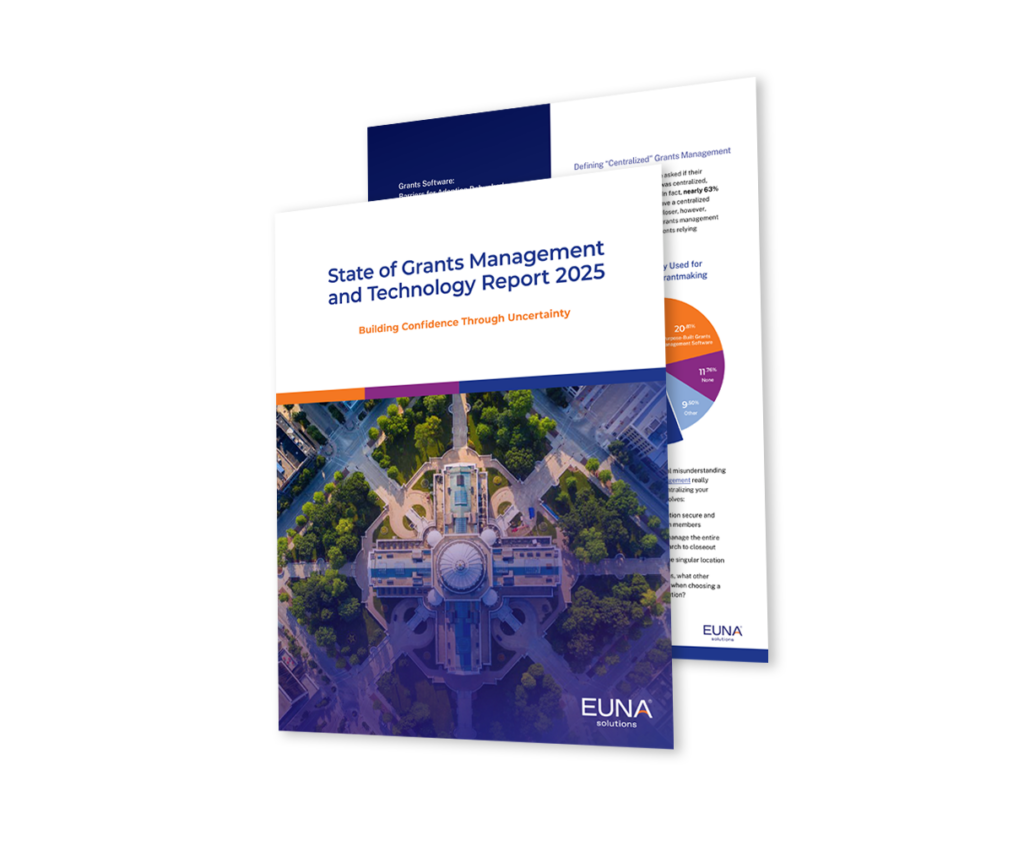
Abhi Nemani, Senior VP of Product Strategy
Abhi is a government technology entrepreneur, scholar and public servant with over 15 years of experience building and leading public and private sector organizations driving innovation. Currently, Abhi Nemani is the Senior Vice President of product strategy at Euna Solutions, a leading provider of purpose-built, cloud-based solutions for the public sector.
Having spent considerable time working with city governments, I’ve seen firsthand how cities ranging from Los Angeles and Chicago to Sacramento and St. Louis are often strained for resources. Historically, these cities have grappled with balancing tight budgets, ensuring public services, and managing infrastructure needs. However, the current situation has become much more acute, not just for St. Louis but for a plurality of municipalities that had been relying on federal funding and buoyed by a strong market. The recent economic shifts have brought these issues to the forefront, highlighting the urgency of addressing the impending fiscal cliff.
What is the Fiscal Cliff?
A fiscal cliff refers to a situation where local governments face a significant and sudden economic downturn due to a combination of falling revenues and rising expenditures. This can result from various factors such as reduced tax revenues during economic downturns, decreases in state and federal aid, and increasing costs for public services, infrastructure, pensions, and healthcare. The term emphasizes the urgency and potential abruptness of the financial crisis, indicating that immediate action is necessary to prevent severe repercussions.
Today, cities face a perfect storm driving this fiscal crises: the winnowing of federal grant dollars, reduced tax revenues, increased demands, especially in urban area, and rising inflation making everything more expensive to do. Together these factors mean quite literally, governments have to do more with less — not just a cliché, but now a brute fact.
The fiscal cliff is here and all city leaders — not only finance — need to be savvy in different types of budgetary concerns and how to navigate them.
(For more information on the fiscal cliff, see this Comprehensive Overview by the Brookings Institution).
Fiscal Cliff vs. Debt vs. Budget Deficit
While related, the fiscal cliff is distinct from debt and a budget deficit:
- Debt: This represents the total amount of money that a government owes to creditors, often accumulated through borrowing for long-term projects like infrastructure improvements. Debt is the result of past budget deficits and requires management over time through interest and principal repayments. Learn more from the Government Finance Officers Association (GFOA).
- Budget Deficit: This occurs when a government’s expenditures exceed its revenues within a specific fiscal period, usually a year. A budget deficit necessitates immediate measures such as cutting spending, increasing revenues, or borrowing to cover the shortfall. For an in-depth analysis, refer to the National League of Cities.
- Fiscal Cliff: Unlike a budget deficit, which is a short-term issue, or debt, which is a long-term accumulation, the fiscal cliff suggests an imminent and potentially abrupt financial crisis. It is the result of persistent deficits and growing debt that, if not addressed, can lead to severe economic disruptions. The Urban Institute provides a detailed exploration of this concept.
Impact on Residents
The fiscal cliff can have profound effects on the daily lives of residents:
- Reduced Services: Local governments may need to cut essential services such as public safety, education, transportation, and social services, affecting the quality of life and safety of communities. The Pew Charitable Trusts discusses the potential impact on services.
- Higher Taxes and Fees: To bridge the budget gap, municipalities might increase property taxes, utility rates, and service fees, placing a financial burden on residents. The National Association of Counties (NACo) offers insights into how this has played out during the pandemic.
- Economic Consequences: Reduced public spending can lead to job losses, decreased consumer spending, and slower economic growth within the community, exacerbating the financial challenges. Read more in this Economic Analysis by the Council on Foreign Relations.
Significance for Euna Solutions
For Euna Solutions, the fiscal cliff presents both challenges and opportunities:
- Demand for Efficient Solutions: As local governments seek to optimize their budgets, Euna’s financial and administrative tools become crucial. Products like Euna Budget Professional and Euna Budget Enterprise can help governments manage their finances more effectively.
- Transparency and Accountability: With heightened scrutiny on public spending, tools that enhance transparency, such as Euna Grants and Euna Procurement, become essential for building trust with constituents.
- Innovative Revenue Streams: Euna Storefronts can support local governments by facilitating efficient procurement processes, potentially leading to cost savings and new revenue-generating opportunities.
In navigating this complex financial landscape, local governments can leverage technology to streamline operations, improve transparency, and engage with the community. Euna Solutions stands ready to support municipalities through these challenges, ensuring they can continue to provide vital services while maintaining fiscal responsibility.
For more insights into how Euna Solutions can assist local governments, visit Euna Solutions.
By understanding and addressing the nuances of the fiscal cliff, debt, and budget deficits, we can better prepare for and mitigate the impacts on our communities, ensuring a more stable and prosperous future for all.
